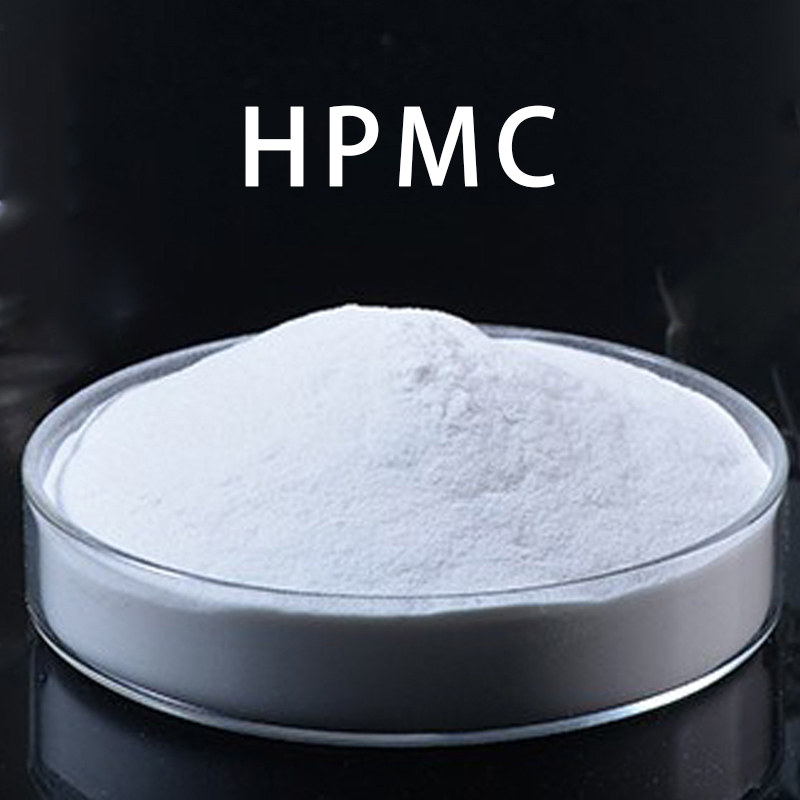Hydroxypropyl Methylcellulose (HPMC) is commonly used in mortar formulations to enhance various properties, including water retention. The effect of HPMC on water retention in mortar is significant and beneficial in construction applications. Here’s how HPMC contributes to water retention in mortar:
Hygroscopic Properties:
HPMC is a hygroscopic material, meaning it has an affinity for water and can absorb and retain water molecules. When added to mortar, HPMC helps to retain water within the mixture, preventing excessive water loss during the setting and curing process.
Improved Workability:
The water retention ability of HPMC contributes to the improved workability of mortar. The prolonged availability of water allows for a more extended period during which the mortar remains in a workable state, facilitating better application and finishing.
Reduced Water Evaporation:
HPMC forms a film or gel-like structure in the mortar, which acts as a barrier to water evaporation. This film helps to slow down the drying process, ensuring that the water needed for proper hydration of cement remains available for a more extended period.
Minimization of Shrinkage Cracks:
Adequate water retention in mortar is crucial for minimizing shrinkage cracks. HPMC helps prevent rapid water loss, reducing the risk of shrinkage as the mortar cures and dries. This is especially important in applications where cracking could compromise the structural integrity.
Enhanced Adhesion:
The water retention properties of HPMC contribute to better adhesion between the mortar and substrate. The prolonged availability of water supports the formation of a strong bond between the mortar and the surface it is applied to.
Improved Cohesion:
HPMC improves the cohesion of mortar by maintaining the water content within the mixture. This is essential for preventing segregation and ensuring that the mortar maintains a consistent and uniform composition.
Extended Open Time:
In applications such as tile adhesives, where an extended open time is desirable, HPMC helps keep the mortar in a workable state for a more extended period. This allows for adjustments and proper positioning of tiles before the mortar sets.
Better Freeze-Thaw Resistance:
Water retention provided by HPMC contributes to better freeze-thaw resistance in mortar. The retained water helps mitigate the effects of freeze-thaw cycles, reducing the potential for damage in colder climates.
It’s important to note that the dosage of HPMC, as well as the specific characteristics of the HPMC used (such as viscosity and substitution degree), can influence its impact on water retention in mortar. Formulators should carefully consider these factors and conduct compatibility tests to optimize the performance of HPMC in specific mortar applications.


